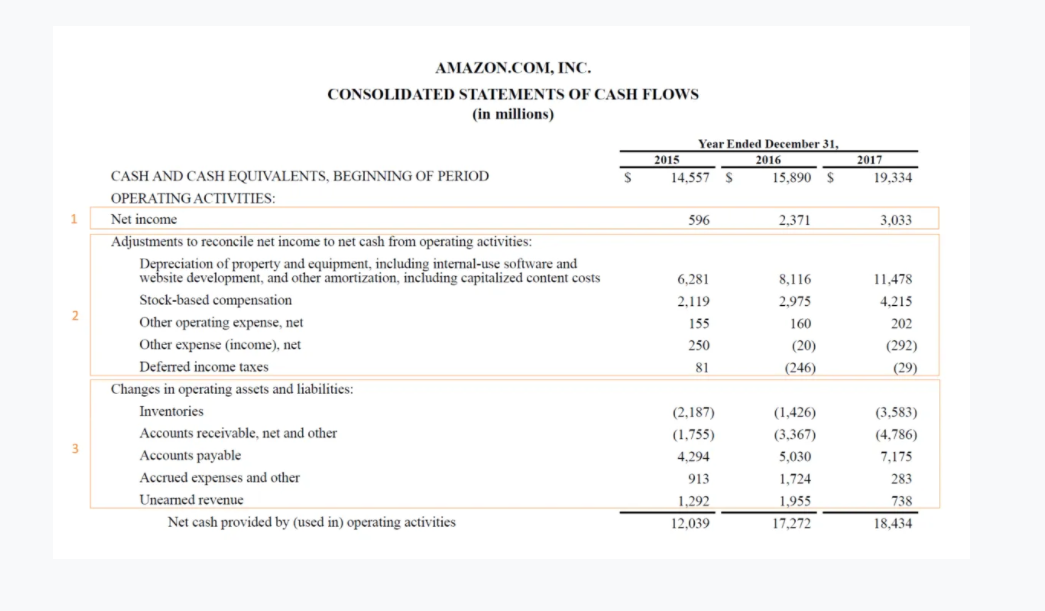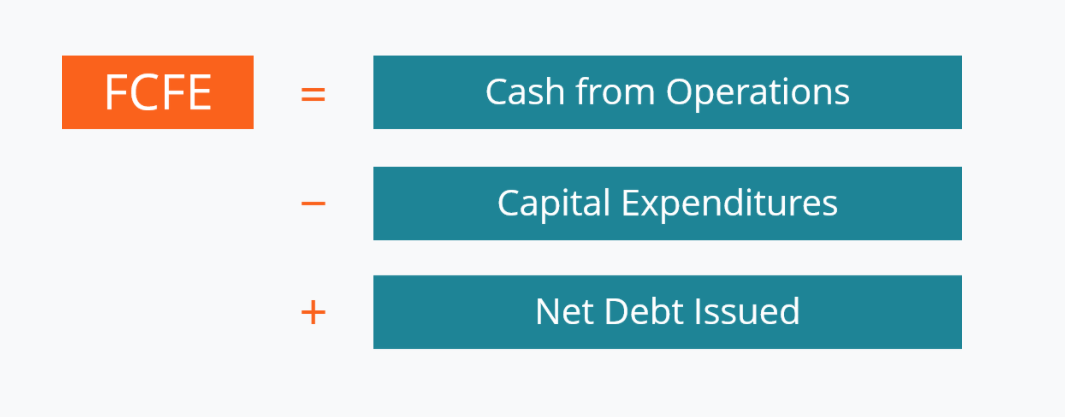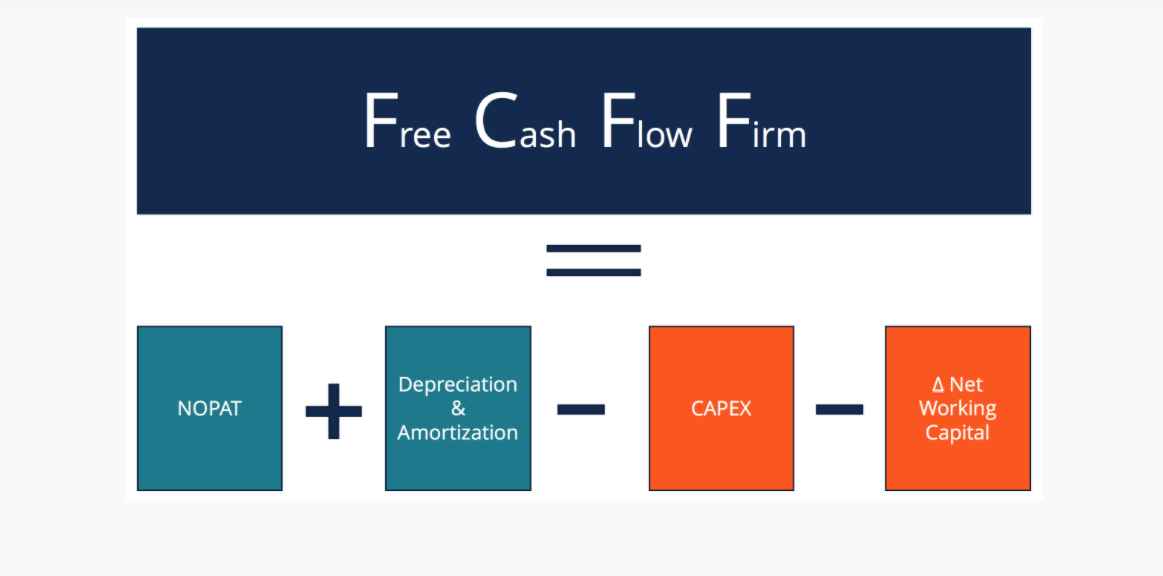Operating a successful business means tracking many financial metrics, but undoubtedly, tracking operating cash flow is the most crucial. Business leaders look at cash flow numbers as an indication of how well -or how badly - their business is performing. Cash flow analysis reveals any patterns or trends that can help address deficiencies or expand on strengths within a business.
What exactly is Cash Flow?
Cash Flow (CF) is the fluctuation (increase and decrease) in the amount of money a business, institution, or individual has.
In finance, cash flow analysis shows the amount of cash (currency) that is generated or consumed in a given time period. There are many types of cash flow, with a wide variety of important uses for running a business and performing financial analysis, so when analyzing a company's cash flow, it’s important to distinguish between each one.
Cash flow from Operating Activities
Cash flow from operating activities refers to cash flow that's generated by a company’s core business activities. This doesn't include cash flow from investment activities. It indicates the amount of money a company brings in from its ongoing, regular business activities, such as manufacturing and selling goods or providing a service to customers. Operations cash flow is found on an organization's cash flow statement.

Image source: CFI
Free Cash Flow to Equity (FCFE)
This is the amount of cash a business generates that's available to be potentially distributed to shareholders. It's calculated as Cash from Operations less capital expenditures, plus net debt issued (repaid).

Image source: CFI
Free Cash Flow to the Firm (FCFF)
FCFF, or Free Cash Flow to Firm, is the cash flow available to all funding providers (debt holders, preferred stockholders, common stockholders, convertible bond investors, etc.). This type of cash flow can also be referred to as unlevered cash flow, representing the surplus cash flow available to a business if it was debt-free. It's used in financial modeling and valuation.

Image source: CFI
Net Change in Cash
Companies can calculate a company's net change in cash by looking at three (sometimes four) entries on a cash flow statement.
- Net cash provided by operating activities +
- Net cash used in investing activities +
- Net cash used in financing activities +
- Effect of exchange rates on cash and cash equivalents (if the company does business in other currencies).
Net change in cash is found at the bottom of cash flow statements.
Net Income
Net income is calculated by subtracting the cost of sales, operational expenses, depreciation, interest, amortization and taxes from total revenue. Also called accounting profit, net income is included in the income statement along with all revenues and expenses.
Why analysis of cash flows is important to an organization
A cash flow analysis reveals the amount of working capital (the amount of money available to run business operations and complete transactions) that an organization has. Basically, a cash flow statement analysis of working capital shows the liquidity of the business. Cash flow analysis is important to a business for a number of reasons:
- It can be measured and compared. Cash is tangible and quantifiable which means that cash flow can be measured in standard units acceptable to anyone. Analysis of cash inflows and cash outflows reveals true comparisons between companies.
- It is difficult to misrepresent. There are many techniques that can artificially inflate profits through non cash items. Some methods will artificially increase the value of intangible, short-term and fixed assets, or otherwise temporarily make a business look more successful than it really is. With cash related analysis, this is difficult to do.
- It is universally accepted as a store of value. There is no doubt about the value of $10 million in cash, while other assets like intellectual property, good will, depreciated equipment etc. are not as easy to value. Cash is accepted by everyone, therefore cash equals value.
Cash flow analysis example
Cash flow analysis is particularly important for new businesses, or businesses that are undergoing rapid expansion where increasing capital expenditures, higher labor costs, purchases of new equipment, and increased inventory require large cash outflows. This is generally a time when sales are in a growth phase and cash inflow tends to be slower.
Keeping track of cash flow and cash balance is also important for small business owners, where cash flow from operations is important to determine net income. Cash flow analysis is also important for seasonal businesses, such as retailers whose business relies on holiday times, and weather-dependent businesses, such as landscaping or construction enterprises.
Doing a cash flow analysis of your accounts receivables will show you which customers are slow payers.
Profit vs cash flow - which is more important?
Cash flow
Keeping track of cash inflow and cash outflow is necessary for daily operations, taxes, purchasing inventory, operating costs and paying employees. Positive cash flow indicates that a company's liquid current assets are increasing, enabling:
- The settlement of debts
- Reinvestment in its business
- Returning money to shareholders
- Paying expenses
- Providing a buffer against future financial challenges.
Negative cash flow indicates that a company's liquid assets are decreasing. This occurs when a business has more expenses than revenue over a set period of time. For example, if operating expenses like leases, utilities, loan payments, cost of goods, and other expenses total $20,000, but a company's income is only $15,000, then the business has negative cash flow. A negative cash flow, may mean extracting capital from savings or obtaining financing to meet business needs.
Profit
Profit is the surplus remaining after all expenses are deducted from a company's revenue. Profit is the overall picture of a business and the basis on which tax is calculated.
There are three major types of profit that are subject to analysis:
Gross profit
Gross profit is the profit a company makes after deducting the costs associated with making and selling its products, or providing its services. Gross profit will appear on a company's income statement and can be calculated by subtracting the cost of goods sold (COGS) from revenue (sales).
Operating profit
A company's operating profit is its total earnings or operating income from its core operating activities for a given period, excluding the deduction of interest and taxes. It also excludes any profits earned from ancillary investment activities, such as earnings from other businesses that a company has a part interest in.
Net profit
Net profit takes into consideration the interest and taxes paid by a company. Net profit is calculated by subtracting interest and taxes from operating profit—also known as Earnings Before Interest and Taxes (EBIT). The net profit margin is then calculated by dividing net profit over total revenue. Net profit spotlights a company’s ability to manage its interest payments and tax payments.
The Importance of the cash flow statement
The cash flow statement is the financial statement that presents the cash inflows and cash outflows of a business during a given period of time. It is equally as important as the income statement and balance sheet for cash flow analysis.
Without a cash flow statement, it may be difficult to see cash flow issues, or have an accurate picture of a company’s performance. The income statement will show financing activities like how much interest you paid on a loan as well as recording sales and profits, and the balance sheet will tell you how much you owe, but only the cash flow statement will tell you how much cash was consumed servicing that loan or alert you if those sales aren’t generating enough cash to cover expenses.
Image source: Wall Street Mojo
Cash flow statements provide invaluable information about cash flows across an entire organization's operations. This information provides the basis for vital analysis that can impact net income, net cash flow, sales revenue, and ongoing operations. Here are some of the key areas where cash flow statements are vital to a business.
Short Term Planning
A cash flow statement is a vital tool for short term planning, along with keeping control of cash. For meeting the various obligations, every business entity has to keep a sufficient amount of liquid funds so that it can cover its current liabilities. So it helps financial managers project the flow of future cash by using the past data from cash inflow and cash outflow.
Keeps track of where the Money is Spent
There are many different payments a company makes, which are not reflected in a profit and loss statement, but are clearly revealed in the cash flow statement. A cash flow statement provides the detailed areas where the money is spent by an organization.
Image source: Wall Street Mojo
Creating Excess Cash
Profit helps create cash flow, but focusing only on a profit and loss account makes it hard to focus on creating cash. By examining the cash flow statement, businesses can identify and implement strategies to create cash flows, for example by collecting receivables from customers faster.
Long Term Planning
The success and financial growth of an organization is dependent on long term planning strategies. A cash flow statement can show what changes are required for a company’s financial positioning and helps management in prioritizing the crucial activities, such as the management of long term debt.
How businesses can increase cash flow
Managers of business can increase cash flow using any of the levers listed below. The strategies for improving cash flow fall into one of three categories:
- Revenue growth
- Operating margins
- Capital efficiency.
Each of those can then be broken down into higher volume, higher prices, lower cost of goods sold, lower Selling, General & Administrative (SG & A) expenses, more efficient Property Plant & Equipment (PP&E), and more efficient inventory management to increase cash flow margin.
Image source: CFI
What is cash flow visibility?
If there is a clear, single point of visibility into an enterprise organization's cash inflows and cash outflows, corporate treasurers are in the right place to make informed financial decisions through accurate cash flow analysis.
Cash flow visibility means small businesses, or large enterprises can plan ahead, with detailed cash flow forecasting, historical data and real time visibility into liquidity. Alternatively, liquidity forecasting can pinpoint times of excess liquid assets, which could potentially be used for other initiatives.
The undeniable advantage of cash flow analysis is that financial analytics can be used to shape business strategies through reliable, real time factual insight, rather than relying on historical reporting and intuition.
Learn more about why monitoring improves cash flow analysis here.
Crisis management with real time cash flow analysis
Disasters like COVID-19, mean that businesses need to react fast. Those organizations who had immediate visibility into their current and projected cash and liquidity positions were undoubtedly in a better position to manage business continuity than those who didn't.
Real time dashboards display live data that can make cash flow analysis as easy as pressing a button to generate reports. Senior management can then use this cash flow analysis to provide them with the tools to make better informed financial and risk assessment decisions. The ability to view an organization's entire payments ecosystem provides management with solutions to problems, which ultimately leads to an increase in profitability.
IR Transact
IR Transact simplifies the complexity of managing modern payments ecosystems, bringing real-time visibility and access to your payments system.
Transact can help give organizations unparalleled insights into cash flow analysis, transactions and trends to help turn data into intelligence, and assuring the payments that keep you cash flow positive.
Businesses can gain unlimited access and insights into money flows, customer usage data, and end-to-end transaction performance metrics, offering a thousand points of reference, from a single point of view.